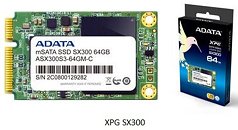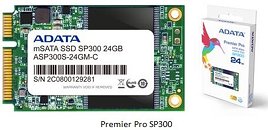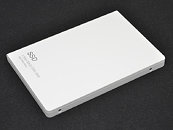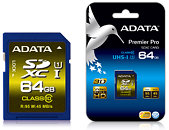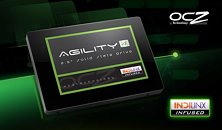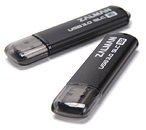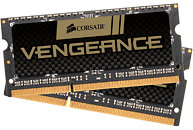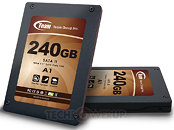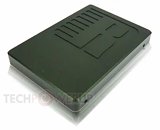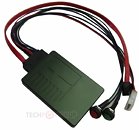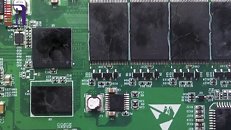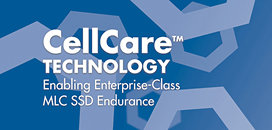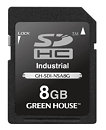SSD Prices in Free-Fall: The Next DRAM?
Hard drive prices refuse to budge after last year's floods that struck manufacturing facilities in Thailand, even as manufacturers turn record profit. The solid-state drive market, on the other hand, is finally rolling with competition, high volume production, and advancements in NAND flash technologies. With memory majors such as Hynix adding new NAND flash manufacturing facilities to their infrastructure, SSD is expected to finally get its big break in the mainstream market.
SSD prices, according to price aggregators, are on a free-fall. Models which once held relative pricing as high as $2 per gigabyte, and going deep within the $1 mark. For example, Crucial's widely-praised M4 256 GB SSD has a price per GB of 'just' $0.82, and a market price around $200, something unheard of, for a 256 GB SSD with transfer rates of over 500 MB/s. With SSD major OCZ Technology releasing new generations of drives under the Vertex 4 and Agility 4 series that use Indilinx processors, older Vertex 3 and Agility 3 models are being phased out, some of these are seeing sub $1/GB prices. Intel is also responding to market trends, with prices of its SSD 520 series dropping sharply. Find a boat-load of stats at the source.
SSD prices, according to price aggregators, are on a free-fall. Models which once held relative pricing as high as $2 per gigabyte, and going deep within the $1 mark. For example, Crucial's widely-praised M4 256 GB SSD has a price per GB of 'just' $0.82, and a market price around $200, something unheard of, for a 256 GB SSD with transfer rates of over 500 MB/s. With SSD major OCZ Technology releasing new generations of drives under the Vertex 4 and Agility 4 series that use Indilinx processors, older Vertex 3 and Agility 3 models are being phased out, some of these are seeing sub $1/GB prices. Intel is also responding to market trends, with prices of its SSD 520 series dropping sharply. Find a boat-load of stats at the source.



